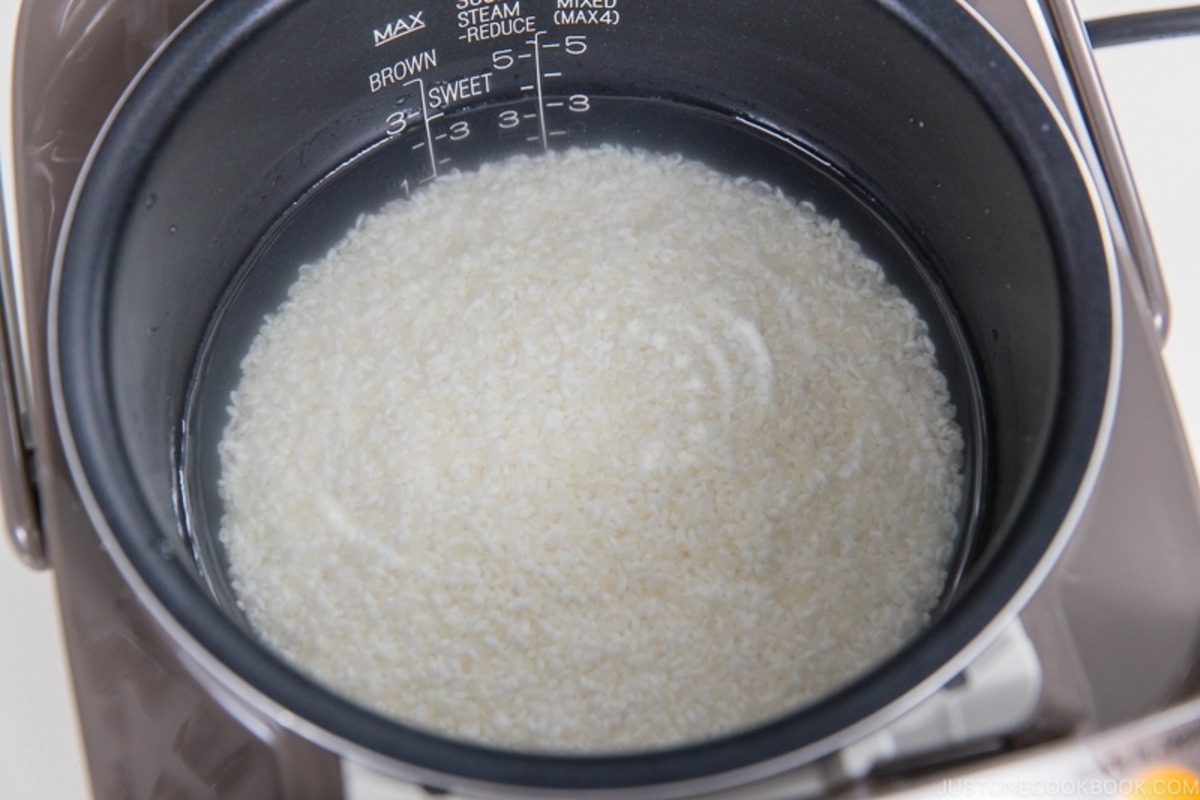

Articles
How Much Water Do I Put In Rice Cooker
Modified: August 25, 2024
Find out the perfect water-to-rice ratio for a rice cooker in this informative article. Discover the ideal way to cook delicious rice every time.
(Many of the links in this article redirect to a specific reviewed product. Your purchase of these products through affiliate links helps to generate commission for Storables.com, at no extra cost. Learn more)
Introduction
When it comes to cooking rice, achieving the perfect consistency and texture can be a challenge. One key factor that plays a crucial role in the cooking process is the amount of water you use in your rice cooker. The right amount of water will ensure fluffy and well-cooked rice, while too little or too much water can result in either undercooked or soggy rice.
In this article, we will explore the factors to consider when determining the amount of water to put in your rice cooker, the standard ratio to follow, and any adjustments needed for different types of rice. Additionally, we will provide some tips and common mistakes to avoid, enabling you to achieve perfectly cooked rice every time.
So, whether you’re a seasoned chef or a novice in the kitchen, let’s dive in and uncover the secrets to mastering the art of cooking rice in a rice cooker!
Key Takeaways:
- Master the art of cooking rice in a rice cooker by understanding water-to-rice ratios, making adjustments for different rice types, and avoiding common mistakes. Experiment with flavors and ingredients for perfect results every time.
- Achieve perfectly cooked rice by following standard water-to-rice ratios, making adjustments for different rice types, and avoiding common mistakes. Experiment with flavors and ingredients to tailor your rice to your liking.
Factors to Consider
When determining the amount of water to put in your rice cooker, there are a few important factors to consider. These factors can vary based on the type of rice you are cooking and personal preference. Let’s take a closer look at these factors:
- Type of Rice: Different types of rice require different amounts of water. For example, long-grain rice generally requires more water than short-grain rice. Additionally, certain types of rice, such as brown rice, may require more water and a longer cooking time compared to white rice.
- Cooking Method: The cooking method you plan to use for your rice can impact the amount of water needed. If you prefer firmer rice, you may opt for slightly less water, while those who enjoy softer and stickier rice may add a bit more water.
- Elevation and Climate: The elevation and climate of your location can also affect the cooking process. In higher elevations, where water boils at a lower temperature, you may need to add slightly more water or adjust the cooking time to compensate.
- Rice Quality and Age: The quality and age of the rice can influence the cooking results. Freshly harvested rice may require less water, while older rice might need more water to achieve the desired texture.
Now that you are aware of the factors that can influence the amount of water needed, let’s move on to discussing the standard ratio of water to rice.
Standard Ratio of Water to Rice
As a general guideline, the standard ratio of water to rice is 1:2. This means that for every cup of uncooked rice, you should use two cups of water. This ratio typically works well for long-grain white rice.
Here’s a breakdown of the standard water to rice ratio:
- 1 cup of uncooked rice = 2 cups of water
- 2 cups of uncooked rice = 4 cups of water
- 3 cups of uncooked rice = 6 cups of water
Keep in mind that this ratio may slightly vary depending on personal preference and the specific rice cooker you are using. Some rice cookers may require slightly less or more water to achieve the desired consistency and texture.
It’s important to note that this standard ratio is primarily for long-grain white rice. Other types of rice, such as short-grain, medium-grain, or brown rice, may require adjustments in the amount of water used. We’ll discuss these adjustments in the next section.
Now that you have an understanding of the standard water to rice ratio, let’s explore any necessary adjustments for different types of rice.
Adjustments for Different Types of Rice
While the standard water to rice ratio of 1:2 is a good starting point, it’s important to make adjustments when cooking different types of rice. The cooking time, water absorption, and desired texture can vary depending on the type of rice you are using. Here are some adjustments to consider:
- Short-Grain Rice: Short-grain rice, commonly used in Japanese cuisine, is known for its stickiness and moisture. To achieve the desired texture, you may need to add a little less water than the standard ratio. Start with a ratio of 1:1.5 (1 cup of rice to 1.5 cups of water) and make adjustments based on your preference.
- Medium-Grain Rice: Medium-grain rice, like Calrose or Arborio, has a slightly sticky texture. Use a ratio of 1:1.75 (1 cup of rice to 1.75 cups of water) to achieve fluffy and tender results.
- Brown Rice: Brown rice requires more water and a longer cooking time compared to white rice. Use a ratio of 1:2.5 (1 cup of rice to 2.5 cups of water) for chewy and nutty brown rice. You may also need to increase the cooking time by 10-15 minutes.
- Wild Rice: Wild rice has a unique texture and requires a bit more water. Use a ratio of 1:3 (1 cup of rice to 3 cups of water) and adjust the cooking time accordingly. Wild rice generally takes longer to cook compared to other types of rice.
These adjustments may serve as a starting point, but it’s always best to refer to the specific instructions on your rice packaging or consult your rice cooker’s manual for more accurate measurements and cooking times.
Now that you know how to adjust the water to rice ratio for different types of rice, let’s discover some additional tips to ensure perfectly cooked rice every time.
Tips for Perfectly Cooked Rice
Creating perfectly cooked rice requires attention to detail and a few tips and tricks. Here are some helpful tips to ensure your rice turns out fluffy, flavorful, and delicious:
- Rinse the Rice: Before cooking, rinse the rice under cold water to remove any excess starch. This will help prevent the rice from becoming too sticky and clumpy.
- Use the Right Measuring Tools: It’s essential to use the appropriate measuring tools to ensure accurate water to rice ratios. Use a measuring cup specifically designed for dry ingredients (such as rice) for precise measurements.
- Follow the Rice Cooker Instructions: Each rice cooker may have slightly different instructions and recommended water to rice ratios. It’s important to follow the instructions provided with your specific rice cooker to achieve optimal results.
- Avoid Opening the Lid: Once you start the rice cooker, resist the temptation to open the lid frequently. Opening the lid releases steam and can disrupt the cooking process, resulting in unevenly cooked rice.
- Let the Rice Rest: After the rice cooker finishes cooking, allow the rice to rest for a few minutes before fluffing it with a fork or rice paddle. This will help the grains settle and result in a more even texture.
- Adjust Cooking Time: If you find that your rice is consistently undercooked or overcooked, experiment with adjusting the cooking time slightly. Rice cookers can vary, so finding the right cooking time for your desired texture may require some trial and error.
- Flavor with Broth or Seasonings: If you want to add additional flavor to your rice, consider using vegetable broth or adding herbs and spices to the water before cooking. This can infuse the rice with delicious flavors.
By following these tips, you’ll be well on your way to achieving perfectly cooked rice every time you use your rice cooker. Keep in mind that practice makes perfect, and it may take a few tries to find the ideal water to rice ratio and cooking time that suits your taste preferences.
Now that we’ve covered the tips, let’s uncover some common mistakes to avoid when cooking rice.
For white rice, use a 1:1 ratio of rice to water in the rice cooker. For brown rice, use a 1:1.5 ratio. Always follow the specific instructions for your rice cooker for best results.
Read more: Why Do I Need A Rice Cooker
Common Mistakes to Avoid
When it comes to cooking rice in a rice cooker, there are some common mistakes to be aware of and avoid. By avoiding these pitfalls, you can ensure that your rice turns out perfectly cooked and delicious. Here are some mistakes to watch out for:
- Using the Wrong Water to Rice Ratio: Not following the correct water to rice ratio can result in undercooked or soggy rice. Be sure to measure the water and rice accurately to achieve the desired texture.
- Adding Too Much Water: Adding excessive water can lead to overcooked, mushy rice. Stick to the recommended water to rice ratio and adjust accordingly based on the type of rice you are cooking.
- Opening the Lid Too Soon: Opening the rice cooker lid too often can disrupt the cooking process and affect the texture of the rice. Avoid the temptation to peek inside, as this can release steam and alter the cooking time.
- Skipping the Rinse: Failing to rinse the rice before cooking can lead to sticky and clumpy rice. Rinse the rice under cold water to remove excess starch for better results.
- Not Allowing the Rice to Rest: After the rice cooker finishes cooking, it’s important to let the rice rest for a few minutes before fluffing it. This allows the steam to distribute evenly, resulting in a more uniform texture.
- Ignoring the Rice Cooker Instructions: Each rice cooker may have specific instructions and settings. It’s essential to follow the instructions provided with your rice cooker to optimize the cooking process.
- Not Adjusting for Different Rice Types: Different types of rice require varying amounts of water and cooking times. Make sure to adjust the water to rice ratio and cooking time based on the specific type of rice you are using.
- Using Old or Poor-Quality Rice: The quality and age of the rice can impact the cooking results. Using fresh and good-quality rice will yield better cooked rice.
By avoiding these common mistakes, you’ll greatly increase your chances of achieving perfectly cooked rice each time you use your rice cooker.
Now that you’re aware of the common mistakes to avoid, let’s explore some additional tips and considerations to enhance your rice cooking experience.
Additional Tips and Considerations
As you continue your journey toward mastering the art of cooking rice in a rice cooker, here are some additional tips and considerations to keep in mind:
- Experiment with Ratios: While there are standard water to rice ratios, don’t be afraid to experiment and adjust the ratio to suit your personal preference. You may discover that you prefer slightly drier or stickier rice.
- Use Flavored Liquids: If you want to add extra flavor to your rice, consider substituting some of the water with broth, coconut milk, or other flavored liquids. This can enhance the taste and add a subtle twist to your dish.
- Add Ingredients: Rice cookers provide a convenient way to cook complete meals. Consider adding vegetables, meats, or spices directly into the rice cooker to create a one-pot dish. Just be mindful of the cooking times of the additional ingredients.
- Clean Your Rice Cooker: To maintain the quality of your rice cooker and ensure optimal performance, make sure to clean it thoroughly after each use. Refer to the manufacturer’s instructions for proper cleaning and maintenance guidelines.
- Consider Soaking Rice: For certain types of rice, such as basmati or jasmine rice, soaking them for about 15-30 minutes before cooking can help achieve a fluffier texture and reduce cooking time.
- Keep Track of Cooking Times: It’s helpful to keep a record of the cooking times and water to rice ratios that work well for you. This can serve as a reference for future cooking adventures and ensure consistent results.
Remember, practice makes perfect when it comes to cooking rice in a rice cooker. Don’t be discouraged if your first few attempts are not exactly as you imagined. With time, you will become more familiar with your rice cooker’s settings and find the perfect balance for your preferred rice texture.
Now that we’ve covered some additional tips and considerations, let’s address some frequently asked questions about cooking rice in a rice cooker.
Frequently Asked Questions
Here are some common questions that people often have about cooking rice in a rice cooker:
- Can I use the same water to rice ratio for all types of rice?
While the standard ratio of 1:2 works well for many types of rice, different rice varieties may require adjustments in the water to rice ratio. Refer to the specific instructions for the type of rice you are using to achieve the best results. - Why is my rice sticking to the bottom of the rice cooker?
Rice sticking to the bottom of the rice cooker can happen if the heat is too high or if the rice is not rinsed properly. To prevent this, ensure that you are using the recommended water to rice ratio and thoroughly rinse the rice before cooking. - Can I use the rice cooker for other grains?
While rice cookers are primarily designed for cooking rice, many models can also be used to cook other grains like quinoa, barley, and couscous. Refer to your rice cooker’s manual for specific instructions on cooking various grains. - How do I clean my rice cooker?
Cleaning your rice cooker is simple. Once it has cooled down, remove the inner cooking pot and wash it with warm soapy water. Wipe down the rice cooker’s exterior with a damp cloth. Make sure all parts are completely dry before reassembling. - Can I cook a small amount of rice in a large rice cooker?
Yes, you can cook a small amount of rice in a large rice cooker. However, keep in mind that the cooking time may vary slightly, as the rice cooker is designed for larger quantities. Refer to your rice cooker’s manual for instructions on cooking smaller portions. - How long does it take to cook rice in a rice cooker?
The cooking time can vary depending on the type of rice and the specific rice cooker you are using. Generally, most rice cookers take around 20-30 minutes to cook white rice. Brown rice and other varieties may require a longer cooking time.
These are just a few frequently asked questions about cooking rice in a rice cooker. If you have specific questions or concerns, it’s always best to refer to your rice cooker’s manual or contact the manufacturer for more detailed information.
Now, let’s summarize what we have discussed so far.
Conclusion
Mastering the art of cooking rice in a rice cooker is an essential skill for any home cook. By understanding the factors that influence the amount of water needed, following the standard water to rice ratio, and making adjustments for different types of rice, you can achieve perfectly cooked rice every time.
Remember to rinse the rice before cooking, use the appropriate measuring tools, and follow the instructions provided with your rice cooker. Avoid common mistakes such as adding too much water, opening the lid too soon, or neglecting to let the rice rest before serving.
Experiment with different ratios, flavors, and ingredients to tailor your rice to your liking. Keep track of your preferred cooking times and ratios for future reference.
Lastly, don’t forget to clean your rice cooker after each use to maintain its performance and longevity.
Whether you’re preparing a side dish, a main course, or a delicious rice-based dish, a well-cooked batch of rice can elevate any meal. With practice, patience, and the tips and knowledge provided in this article, you’ll become an expert at cooking rice in a rice cooker.
So, next time you reach for your trusty rice cooker, you can do so with confidence, knowing that your rice will turn out fluffy, flavorful, and absolutely perfect.
Mastered rice cooking in a rice cooker? Why not expand your culinary skills with more steam-based recipes? If you're eager to give another staple protein a steamy twist, our guide on how to perfectly steam chicken will surely pique your interest. Perfecting steam cooking techniques not only preserves flavors but also nutrients, making meals healthier and more satisfying. Don’t miss out on these juicy, flavorful chicken delights that await your next meal preparation.
Frequently Asked Questions about How Much Water Do I Put In Rice Cooker
Was this page helpful?
At Storables.com, we guarantee accurate and reliable information. Our content, validated by Expert Board Contributors, is crafted following stringent Editorial Policies. We're committed to providing you with well-researched, expert-backed insights for all your informational needs.
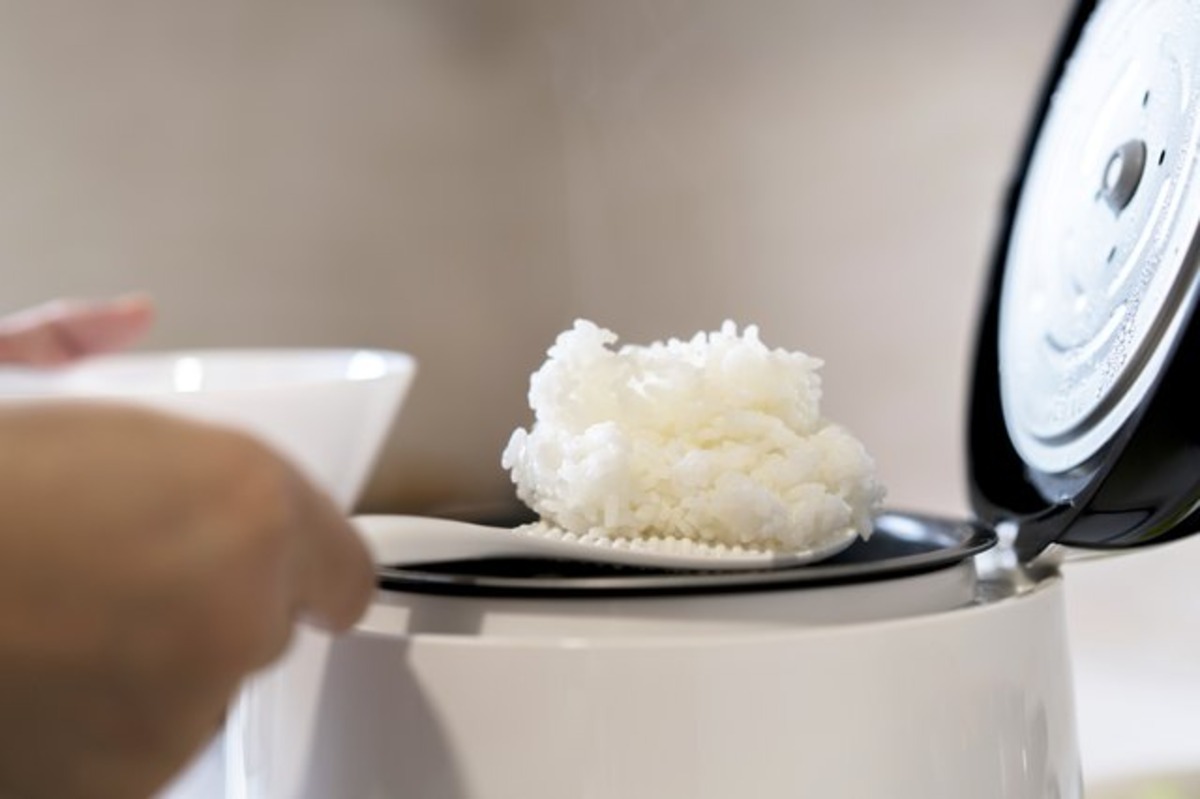
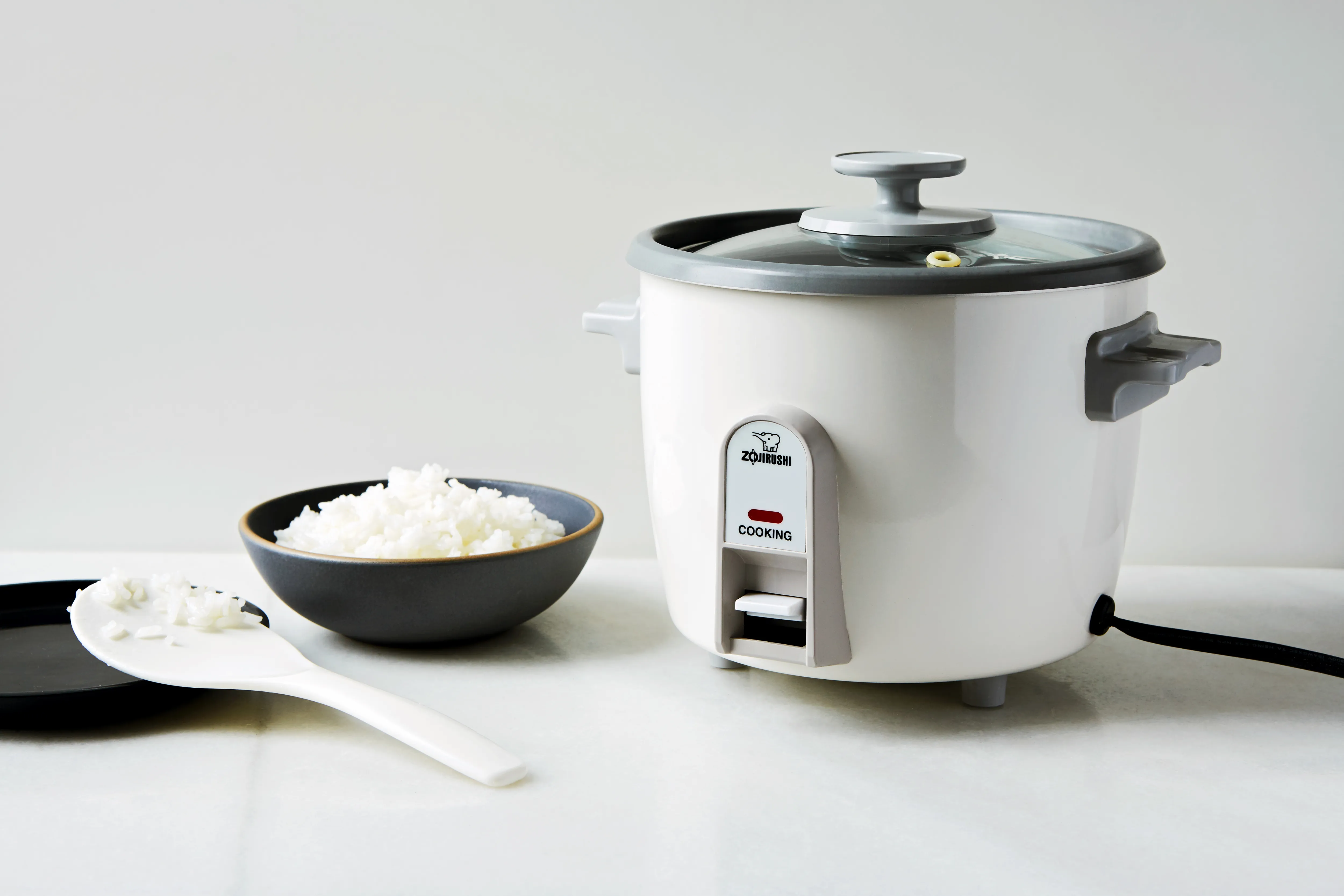
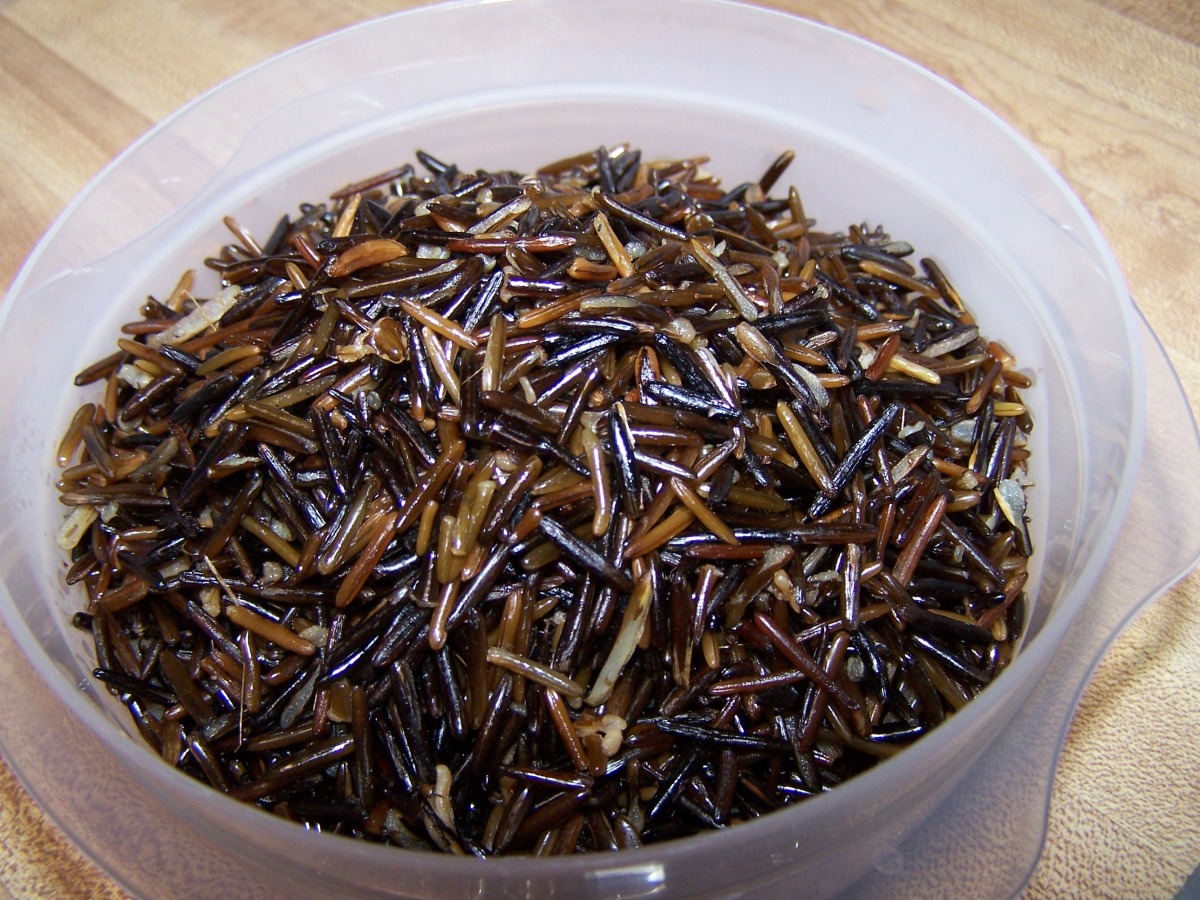
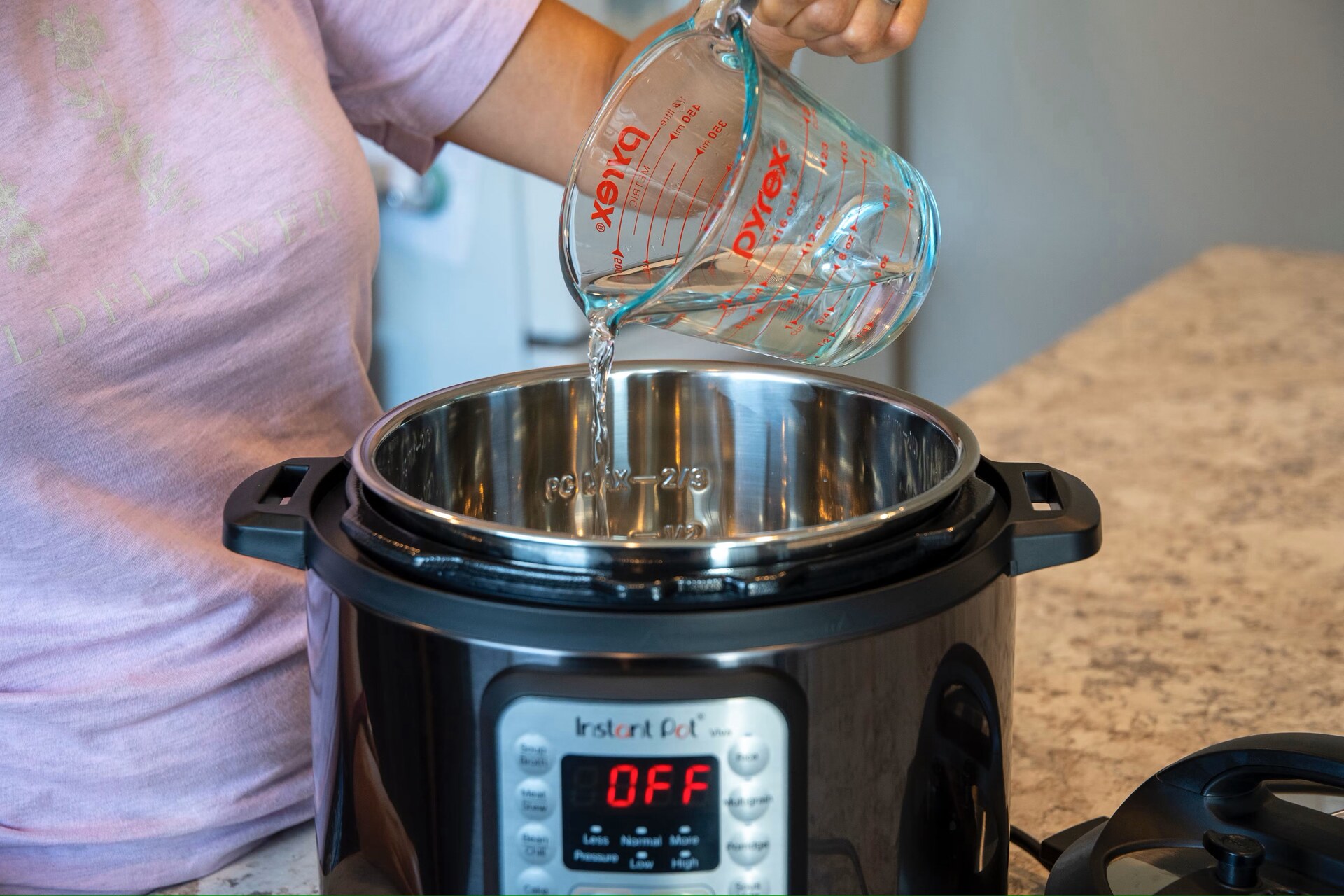
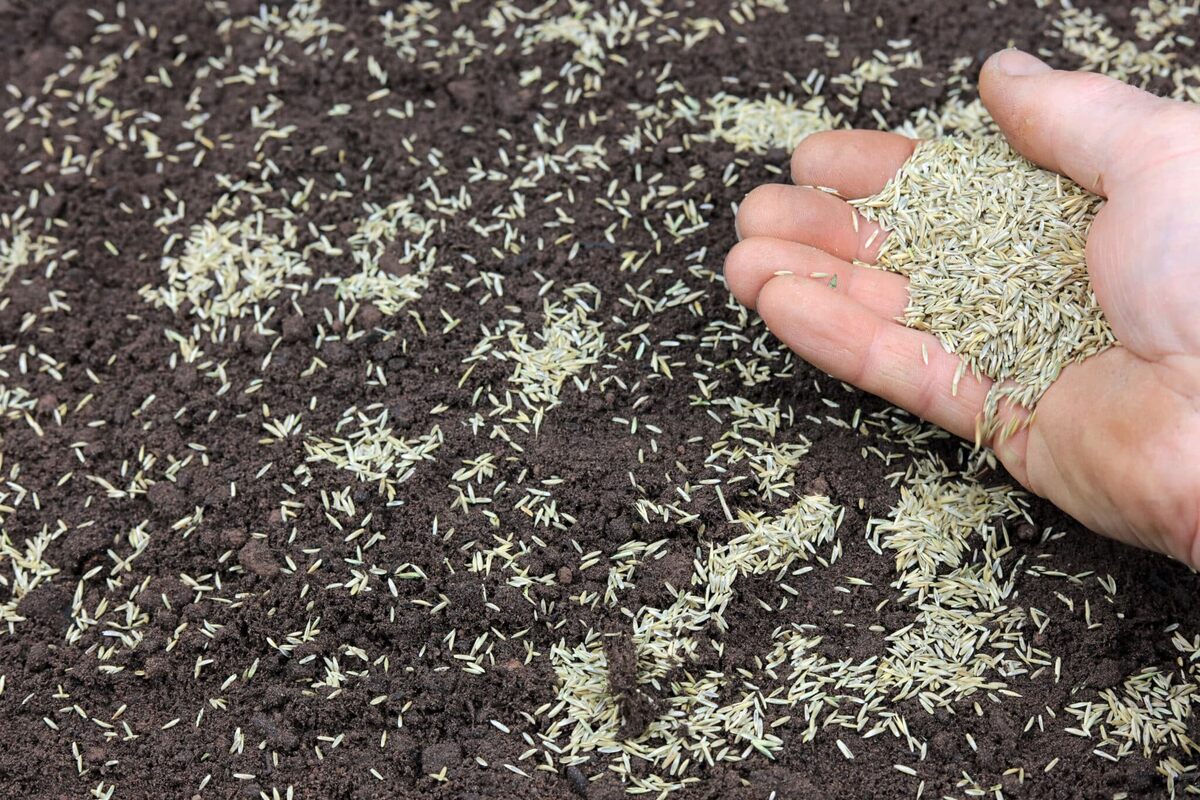
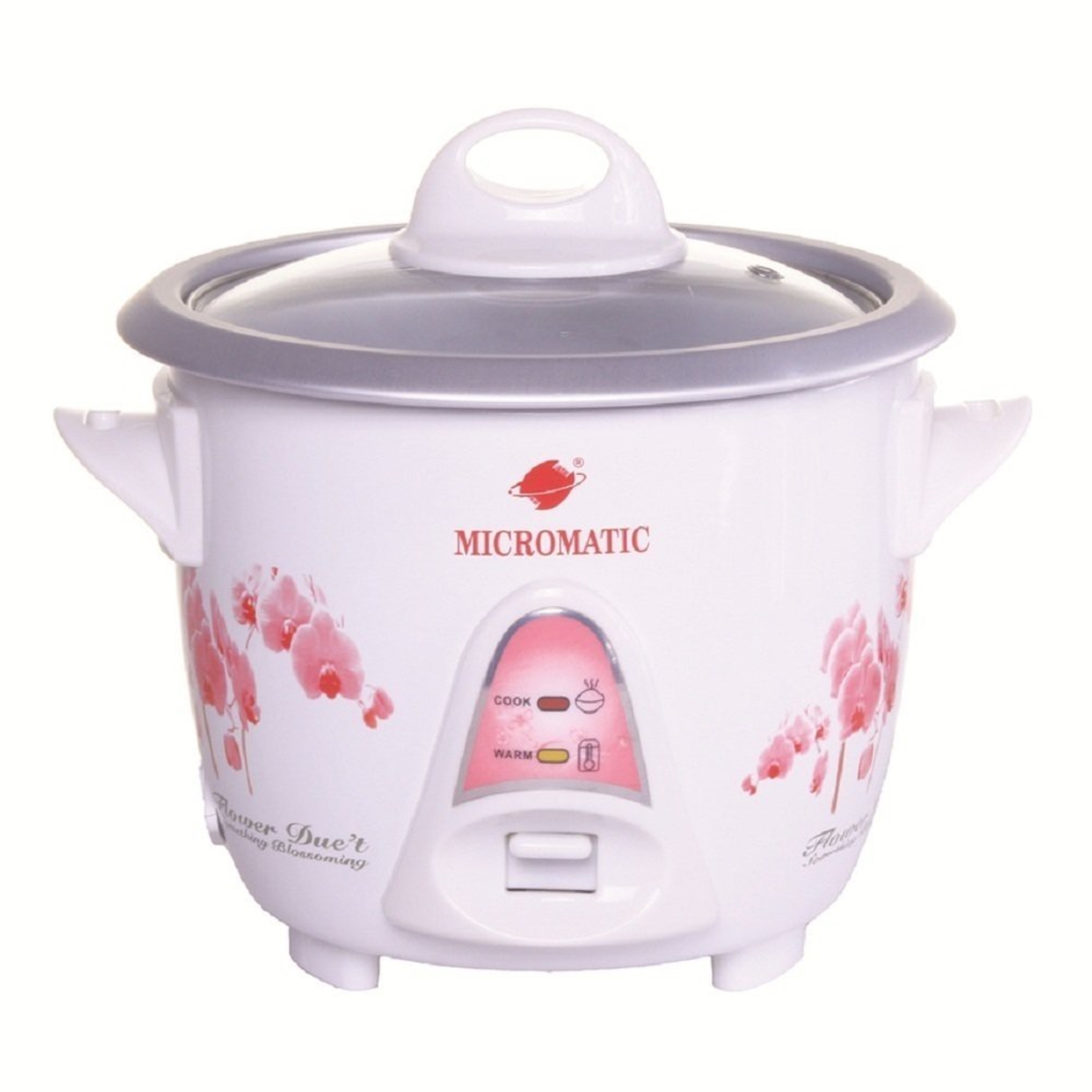

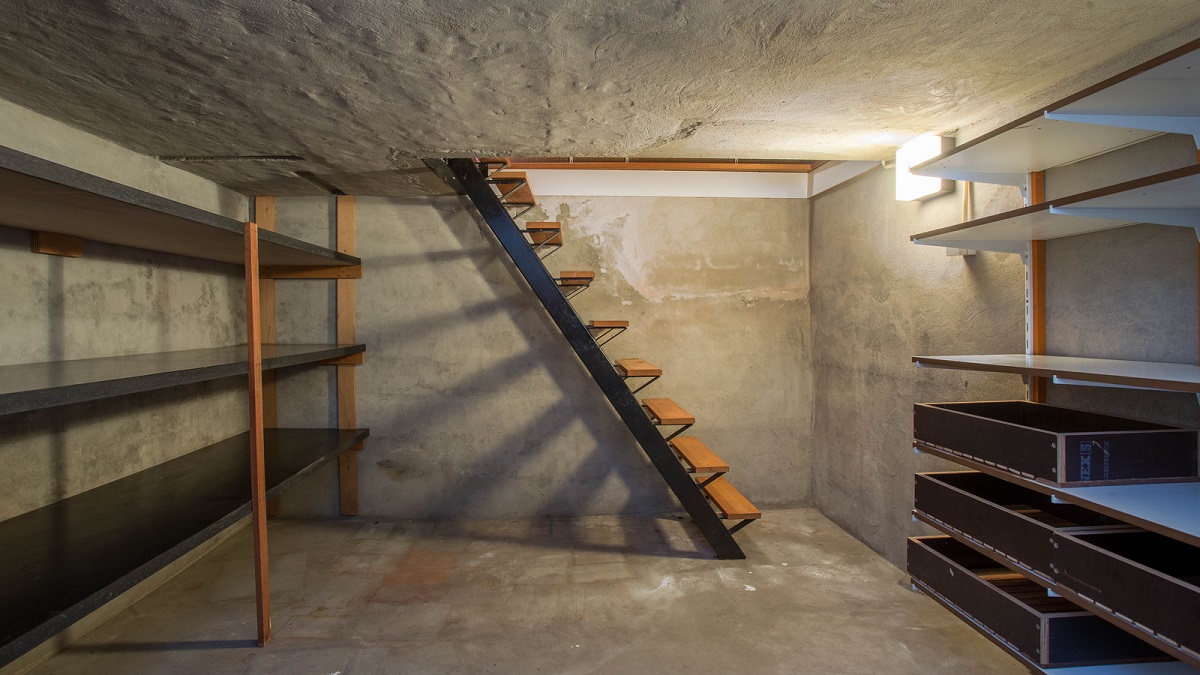
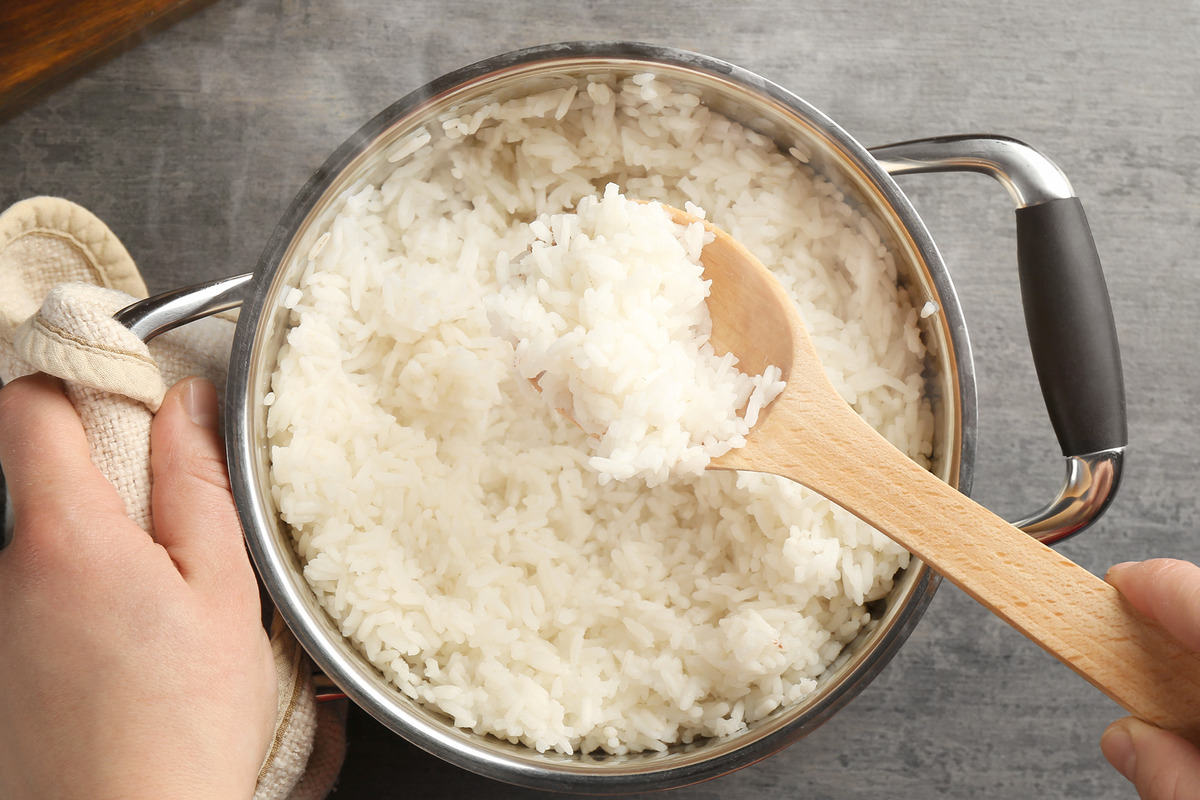
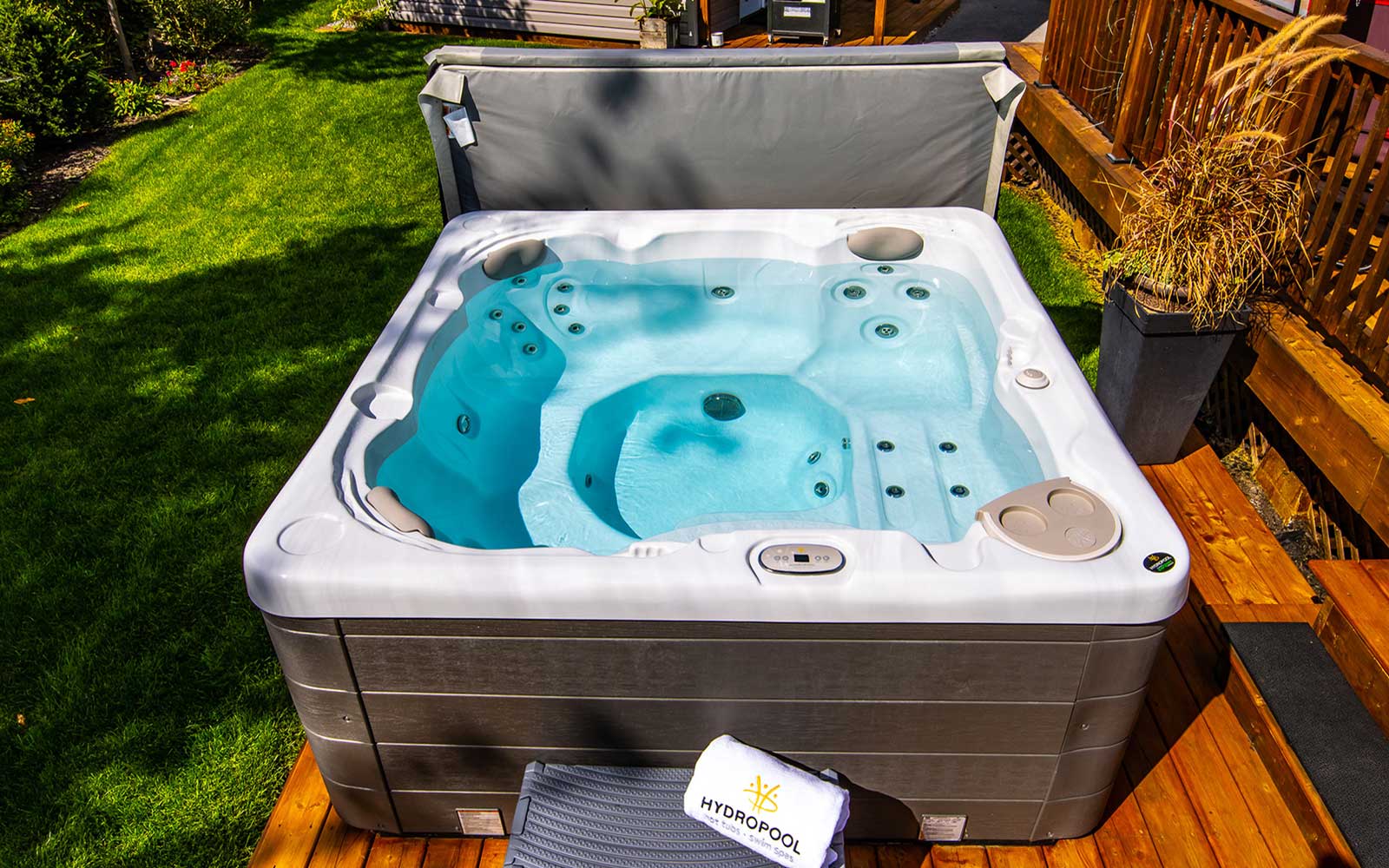

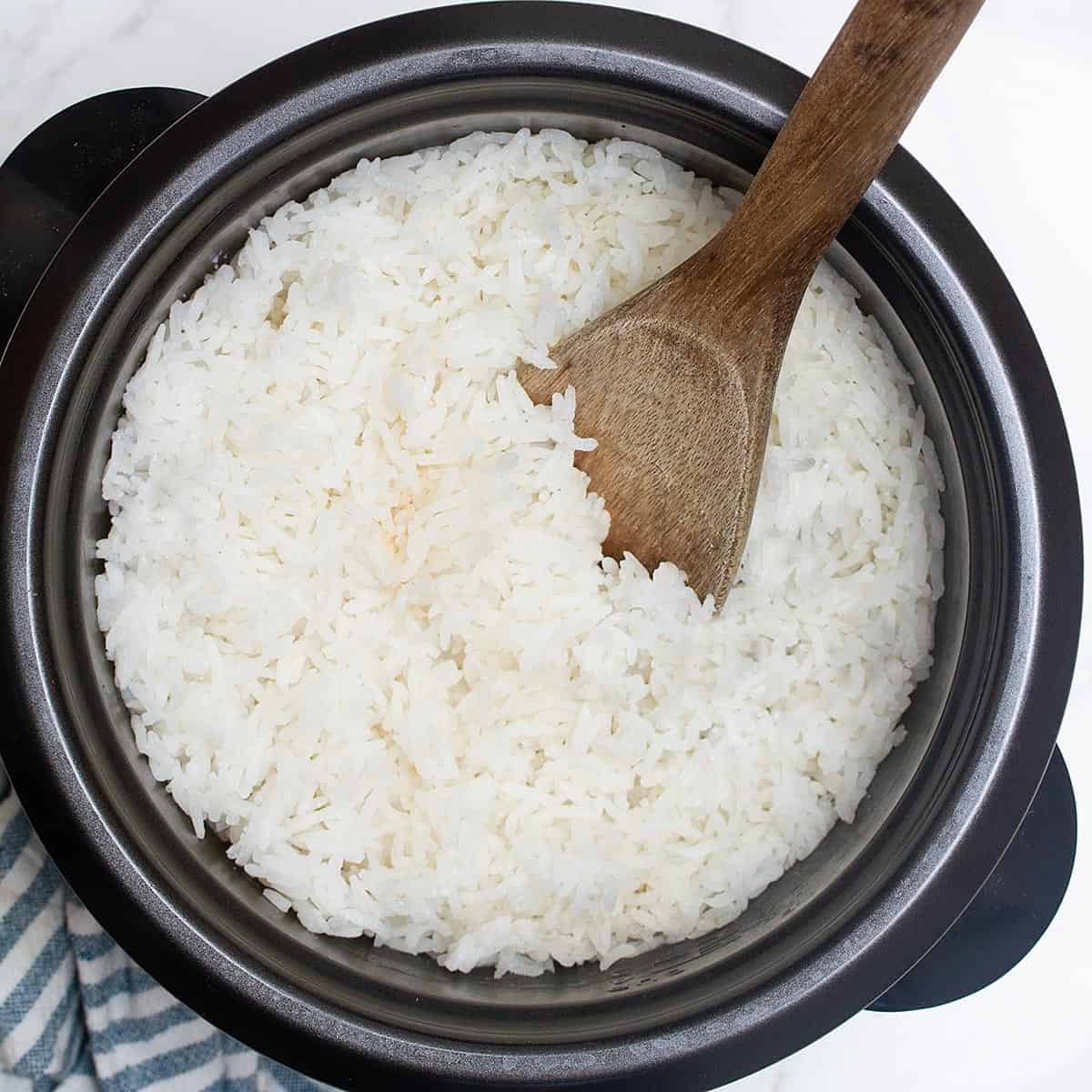
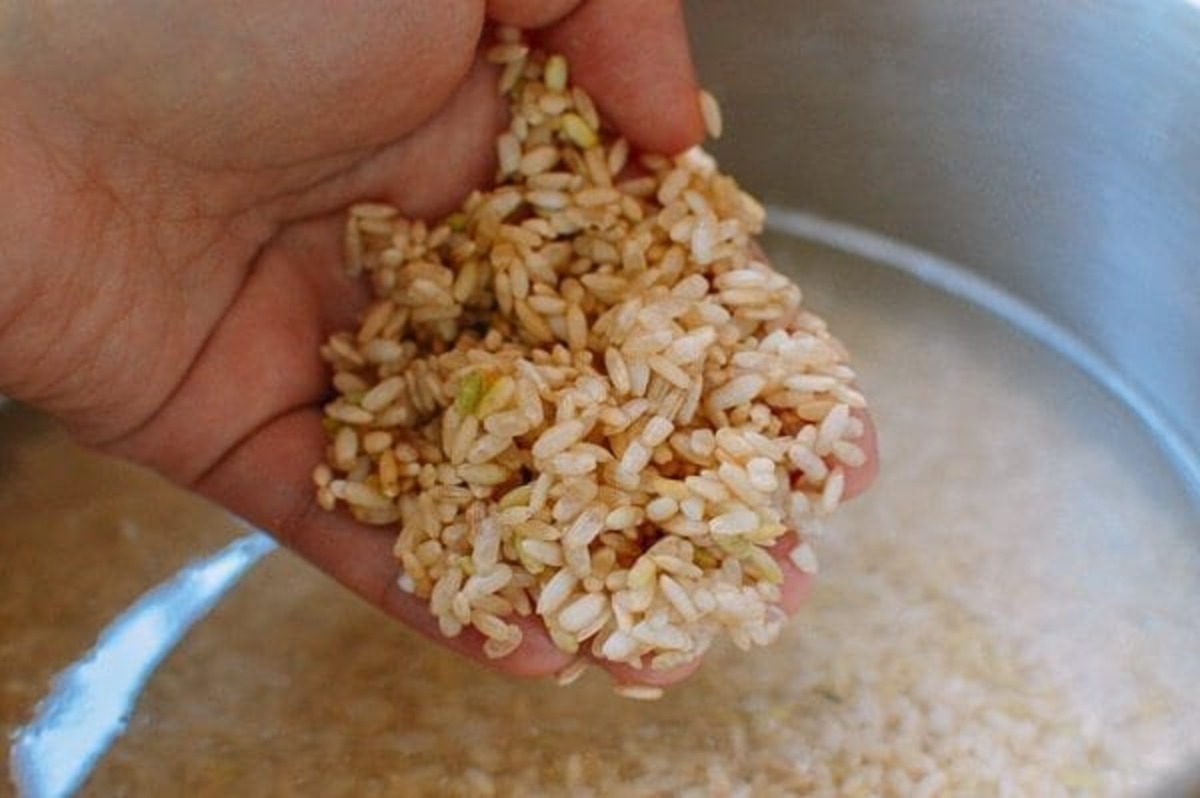
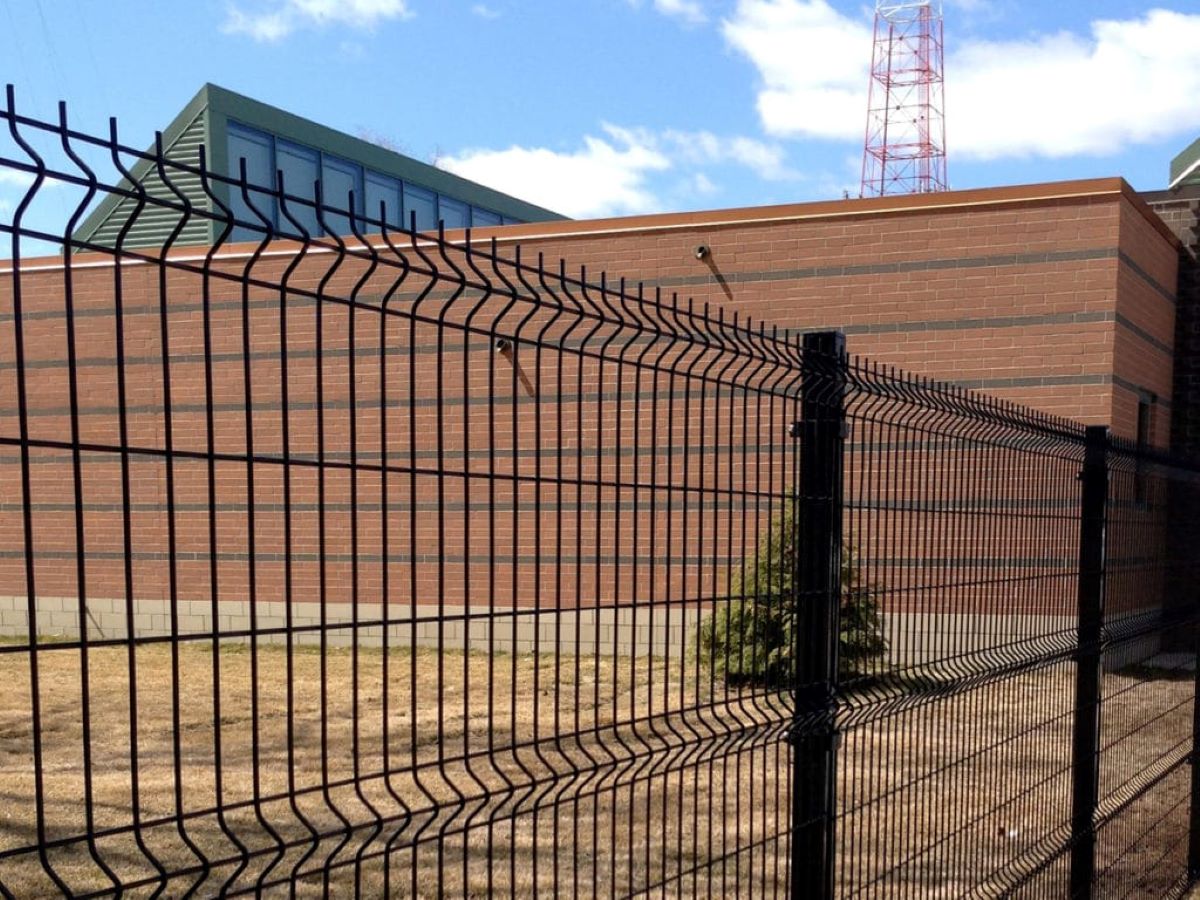

0 thoughts on “How Much Water Do I Put In Rice Cooker”